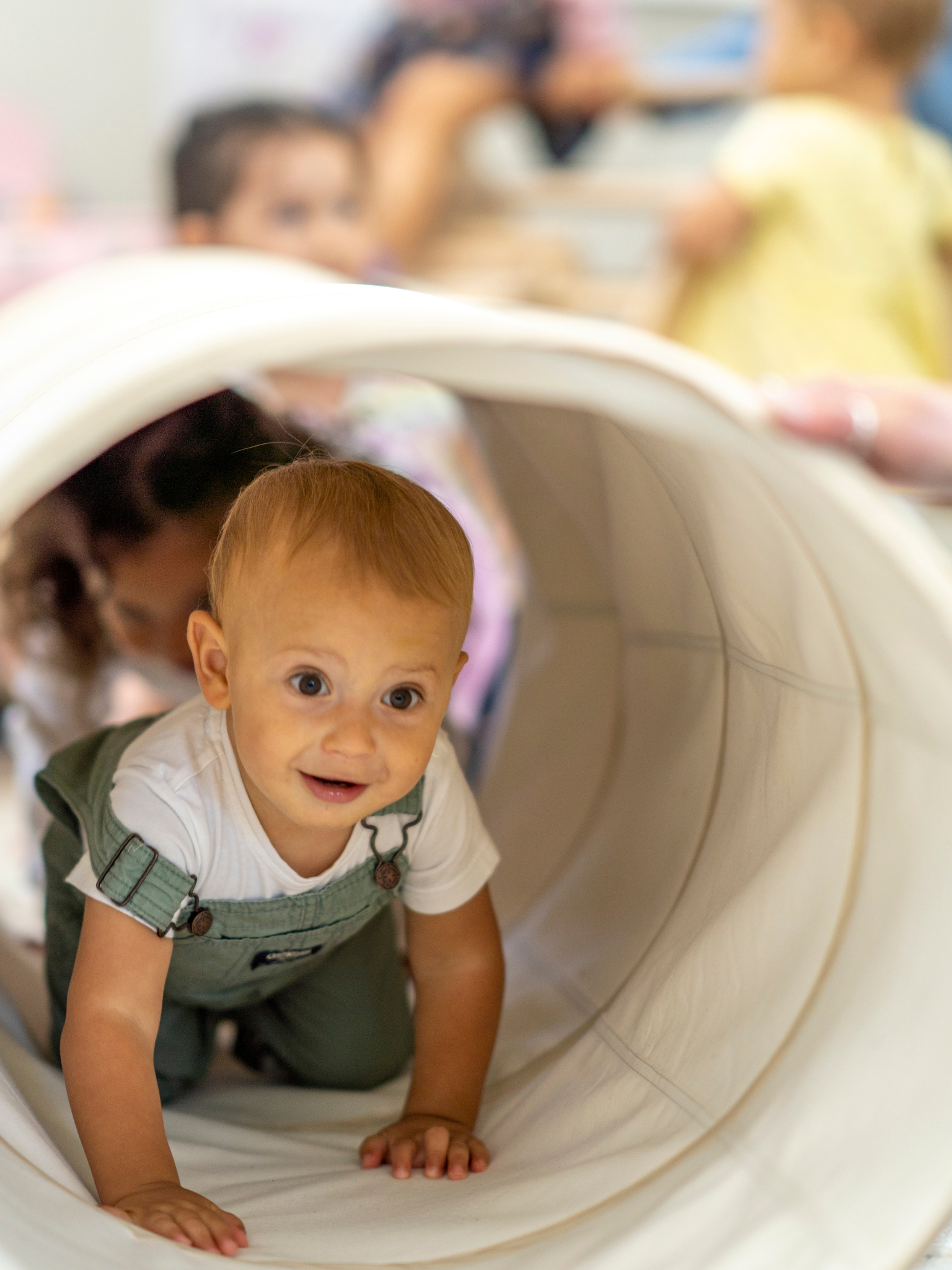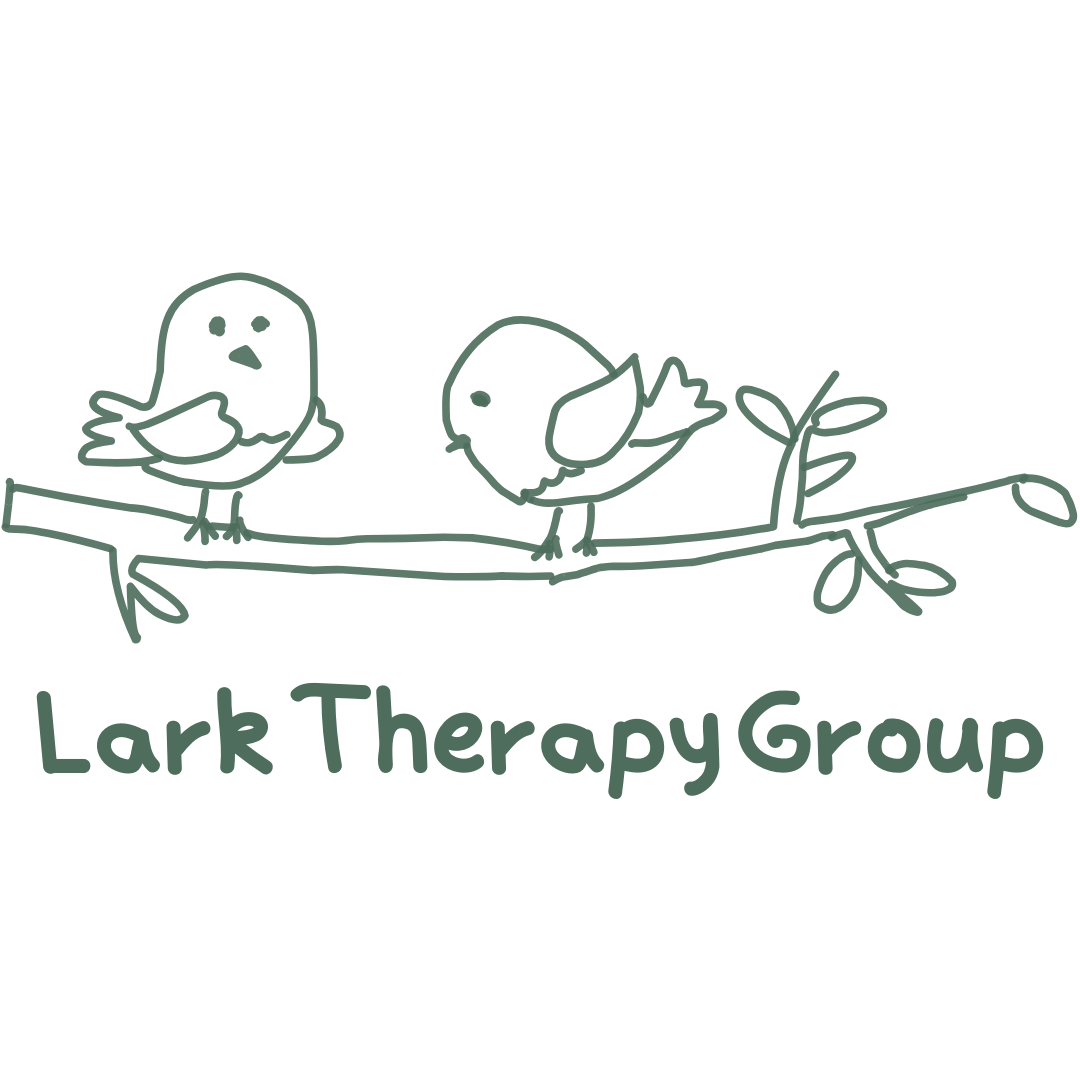ABA Daycare in Virginia
What is ABA Daycare?
Applied Behavior Analysis (ABA) therapy is a type of therapy that focuses on improving specific behaviors. ABA daycare can help children with autism learn skills in social and group environments that empower them throughout adulthood.

What does ABA stand for in childcare?
ABA stands for Applied Behavior Analysis, a therapeutic approach used to improve specific behaviors in children, particularly those with autism or other developmental conditions. In childcare settings, ABA is often used to help children develop communication skills, social interactions, and appropriate behaviors through structured, evidence-based techniques. The goal of ABA in childcare is to create positive behavioral changes by reinforcing desirable actions and reducing challenging behaviors in a supportive and consistent environment.
Can ABA therapy be done at daycare?
Yes, ABA therapy can be implemented at daycare, provided that the facility allows it and is equipped to accommodate an ABA therapist. Some daycare centers have trained staff or partner with ABA professionals to provide one-on-one therapy sessions during the day. The therapist may work on skill-building, social interactions, and behavioral interventions in natural settings, ensuring that strategies align with the child’s individualized treatment plan. ABA therapy in daycare can help children generalize learned skills in social and group environments, making it a valuable addition to their daily routine.
Can an autistic child go to normal daycare?
Yes, an autistic child can attend a typical daycare, but whether it’s a good fit depends on the child’s individual needs and the daycare’s ability to provide appropriate support. Some autistic children thrive in inclusive daycare environments, especially if staff are trained in developmental differences and willing to adapt routines, communication styles, or sensory accommodations. However, children with higher support needs may benefit from a daycare with added structure or access to therapeutic services like speech or occupational therapy. It’s important for families to meet with daycare providers ahead of time, discuss their child’s strengths and challenges, and ensure the environment is safe, responsive, and nurturing for their development.
What is the difference between preschool and ABA?
Preschool is a group-based early education setting designed to support social, cognitive, and pre-academic development through play, routine, and exploration. It typically follows a curriculum and is led by early childhood educators. ABA (Applied Behavior Analysis), on the other hand, is a one-on-one therapy approach focused on teaching specific skills—like communication, behavior regulation, and daily living—using structured reinforcement and data tracking. While preschools aim for broad developmental exposure, ABA is highly individualized, targeting each child’s unique learning goals. Some children benefit from doing both: attending preschool for socialization while receiving ABA therapy to support areas of need.
What is the ABA method for autism?
The ABA method for autism is a scientifically backed approach focused on teaching new skills and modifying behaviors using reinforcement strategies. It involves breaking down complex skills into smaller, manageable steps and using positive reinforcement to encourage desired behaviors. ABA therapy is highly individualized, meaning it is tailored to each child’s unique needs and learning style. It can target areas such as communication, social skills, self-care, and reducing problematic behaviors. The method is commonly used in home, school, and clinical settings to help children with autism gain independence and improve their overall quality of life


